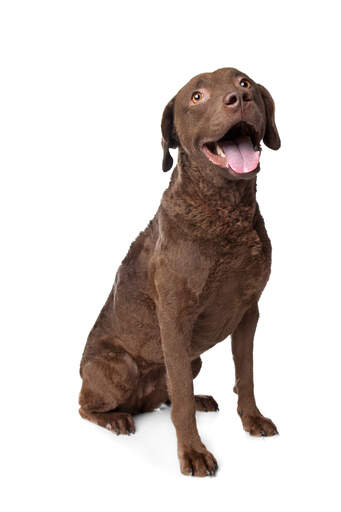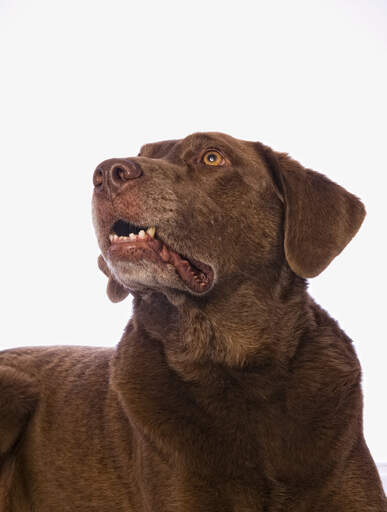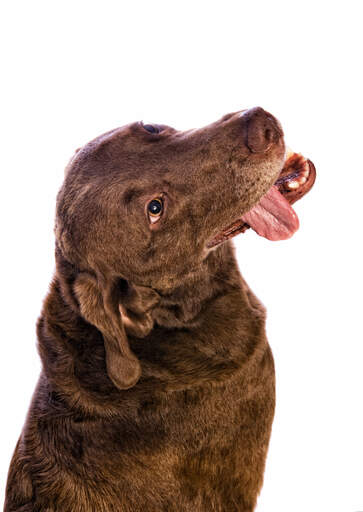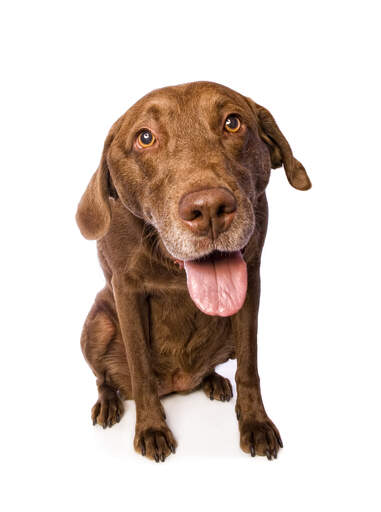Chesapeake Bay Retriever Dogs




History
The Chesapeake Bay Retriever or Chessie, originates from the United States and was first recognised by the American Kennel Club in 1885. It is believed to have been created when two dogs that had been ship wrecked, were bred with local retrievers and soon their reputation grew. Blood hound, Newfoundland and Irish Water Spaniel are also believed to have been involved in it's development. It is an excellent hunter of waterfowl.
Behaviour
The Chessie is an intelligent retrieving breed with a high work ethic. They have an easy going, friendly nature but should not be confused with other retrievers. They come from a different blood line than Labradors and although they look similar they are completely different. The Chessie is protective of it's family and naturally wary of strangers. Early socialisation can help to some extent but they will always be cautious when meeting new people, especially in the home. They like children and are patient with them, the same applies to other dogs and cats within the home if brought up together. The Chessie is protective in an affectionate way and will often get in between the stranger and family member just to make them ware they are there. Many smile, showing their teeth, when they are happy - this is a sign that they are submissive and not aggressive behaviour.
Training takes a bit of time, with them learning quite slowly, but once learnt, they will always remember. The retrieval instinct is strong and will help when teaching recall as they will always want to bring things to you. That might be socks, cuddly toys or anything else within your home. Don't leave things lying around your home or you will find them in your dog's bed. They can be willfull and sometimes stubborn, but are eager to please and love the attention they receive when you praise them. Greed is a major factor with the breed, so food treats and affection works well with training.
These are active dogs, that need lots of exercise. Chessies love water and do best if allowed to swim. They need a very long walk every day and if they are given the chance to swim, even better. Floating 'dummies' that can be thrown into the water will provide hours of endless fun for them and give them the mental and physical stimulation they need to be content. Mock hunts, retrieval, agility and obedience all help to keep the dog fit and healthy and many do very well in competitions.
Their coat is dense and requires brushing a couple of times a week. Bathing them to often destroys the natural oils in the coat and stop them from being water resistant. Their thick outer coat keeps them warm in the freezing waters of their place of origin and you will be hard pushed to get them thoroughly wet. The coat is so thick that it protects them.
Canine Hip Dysplasia and Progressive Retinal Atrophy can be more common in the breed.
Temperament
Chesapeake Bay Retrievers have a rugged and loving temperament. These are powerful dogs with heaps of stamina so they must get a chance to exercise (preferably swimming) daily if you want your dog to be calm at home. They tend to be more reserved with strangers than other retrievers but are tremendously loyal to their families.
Health Problems
Health problems that may affect Chesapeake Bay Retrievers include canine hip dysplasia (CHD), elbow dysplasia, bloat, epilepsy, eye disease and allergies.
Breed Details
- Status: Common
- Life Expectancy: 10 - 13 years
- Weight: 25 - 36 kg
- Height: 21 - 26"
- Rare: No
- Coat: Short - Double
- Grooming Requirements: More than once per week
- Town or Country: Country
- Minimum Home Size: Large House
- Minimum Garden Size: Large Garden
- Breed Type: Gun Dog
- Size: Large
- Energy Level: Medium
- Exercise Required: Over 2 hours








